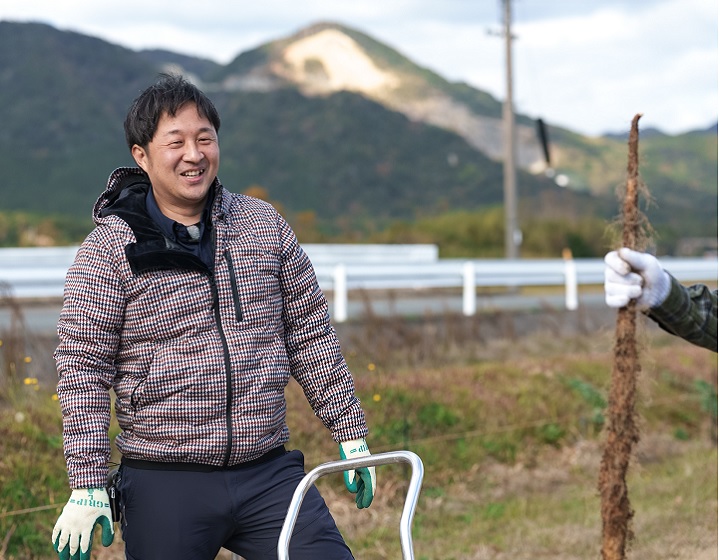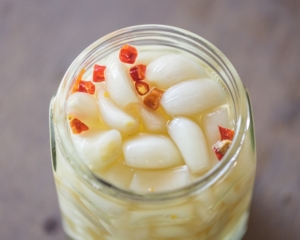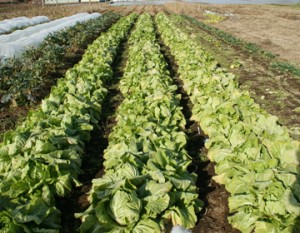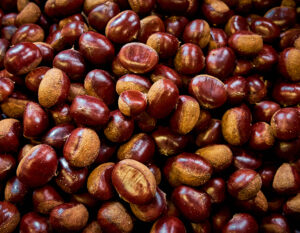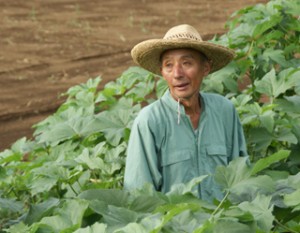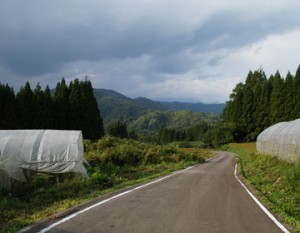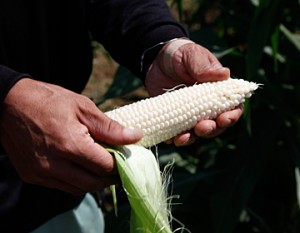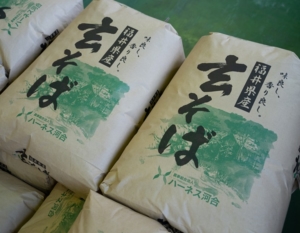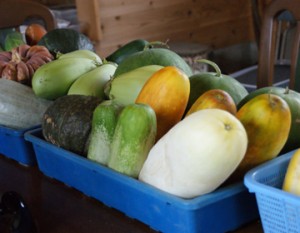Mr. Yoichi Inoue is the president of “Yamaimo Matsuri Limited,” a company that focuses on the cultivation of jinenjyo (Japanese yam), which is said to be difficult to cultivate artificially, and is dedicated to spreading the stable and high-quality cultivation throughout Japan. What is the appeal that drives Mr. Inoue to spread the use of jinenjyo?
Japanese local food yam
Yams are sold in supermarkets as a matter of course. Its unique stickiness and texture are used for a variety of purposes, and every Japanese person has probably had a taste of it at least once.
Because of its stickiness, it is often grated and eaten as “yam yam,” but it is rare in the world to find a yam that can be eaten raw. Diastase, a digestive enzyme, breaks down some of the starch and allows the food to be digested and absorbed quickly, so it does not upset the stomach when eaten raw.
It has also been called “mountain medicine” since ancient times, and has been used in vegetarian cooking and Chinese medicine for its tonic effects, such as relieving fatigue and strengthening the immune system. It is a generic name for a family of 600 or so species of flowering plants called the yam family. In Japan, varieties such as yam and ginkgo sweet potato are generally distributed as yam (yamatoimo). Despite the name “Yamato,” most of them are non-native species, which is surprising.
Among them, however, there is a type of yam with the scientific name “japonica. That is the “yam,” a species native to Japan. The name comes from the fact that, as the name implies, it grows naturally. In old books, it was described as “naturally growing.
It is said that before rice became the staple food in Japan, yam was the staple food. However, due to its low yield, it has gradually been replaced by an exotic species that is easier to cultivate and has a more stable harvest.
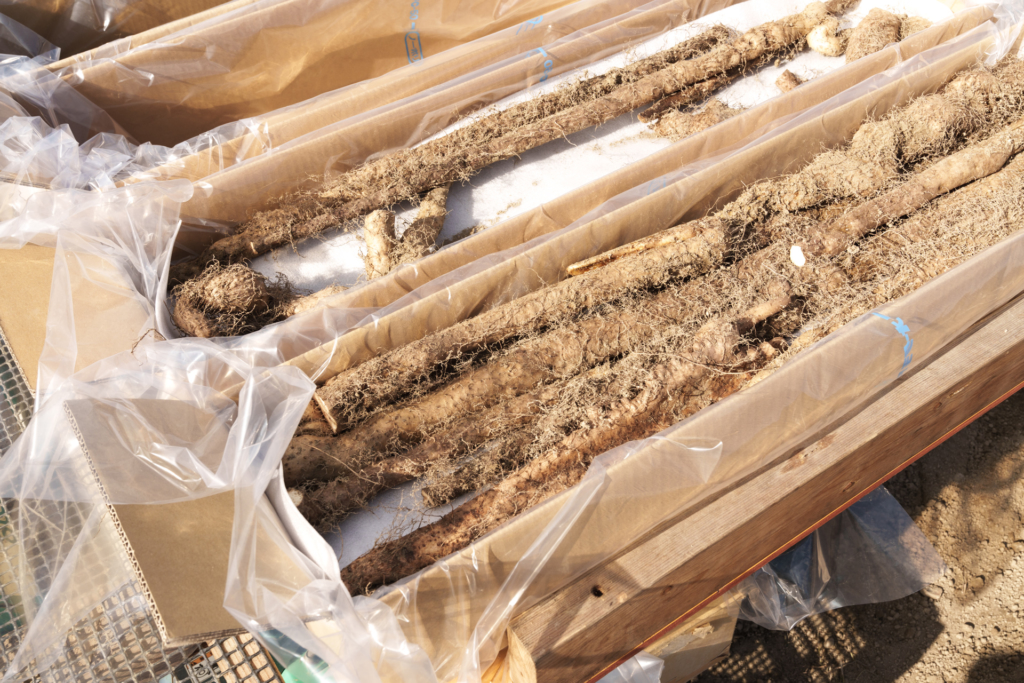
What is the origin of the Yamaimo Festival?
Although agriculture is advancing day by day and methods for growing all kinds of crops have been established, it has been said that it is impossible to grow yam. The reason for this is its low adaptability to the environment. It was difficult to cultivate yam with stable quality because it is an extremely delicate plant and even a slight change in the environment can cause it to rot or lose its viscosity and flavor. One company has spent about 40 years establishing the cultivation of yam. It is Yamaimo Matsuri Limited, located in Shunan City in the eastern part of Yamaguchi Prefecture.
Currently, the company produces and ships approximately 60 tons of high-quality yam annually.
The impressive company name is said to reflect the founder’s wish that “through interacting with many people as in a festival, people will deepen their bonds with each other, appreciate the bounty of nature, and enrich the community and its people. What is the driving force behind the company’s single-minded commitment as a yam specialist, from yam production to sales?
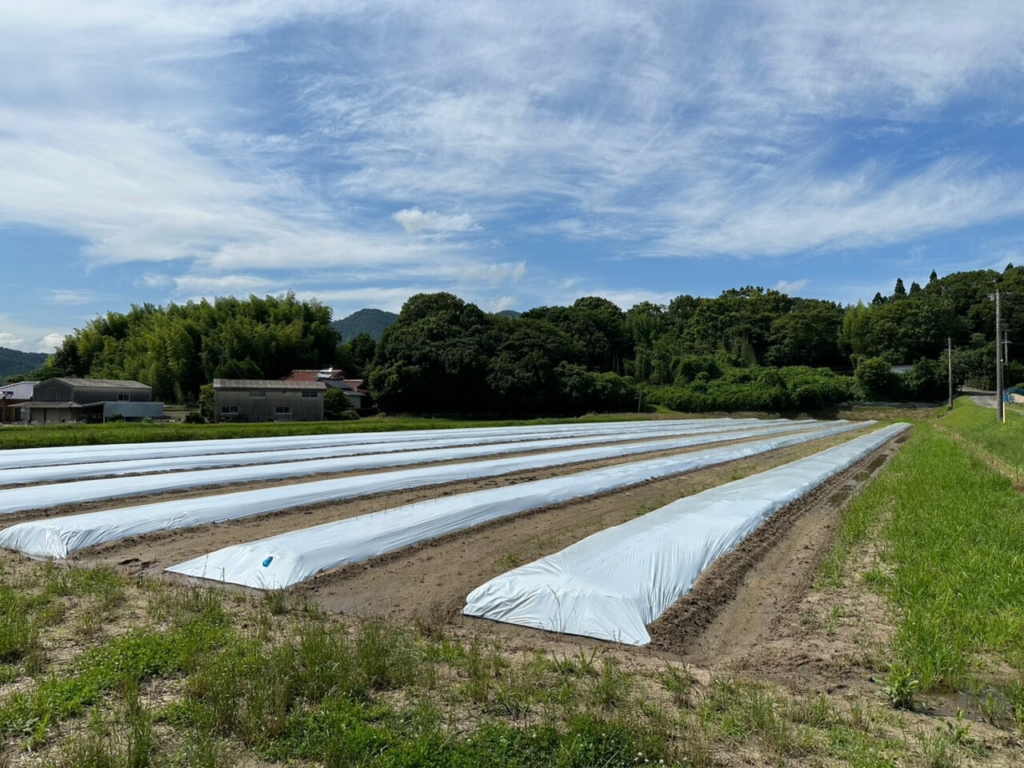
It all started back in the days when the previous generation moved to Tokyo with a yearning for the city. He saw his friends who had grown up in the city go all the way to the mountains on their days off to dig for yams, which gave him a culture shock. From this experience, he wondered if there might be a demand for yam, which is mostly a natural product and whose distribution is far less. He returned to his hometown to work on yam production.
However, since the cultivation method of yam had not yet been established, he spent many days going through trial and error.
The first thing he tried was to create the same environment in the rice paddies as in the mountains. However, this did not go well. Originally, yam grows deep in the mountains, but the cultivation environment at Ya-Maimatsuri was artificially cultivated fields, so the soil was too hard to grow downward. Therefore, the company decided to use corrugated plates as cultivation containers, taking advantage of the natural habit of roots to continue growing underground in a natural environment. The roots were imagined to grow horizontally along the ridges of the corrugated plates.
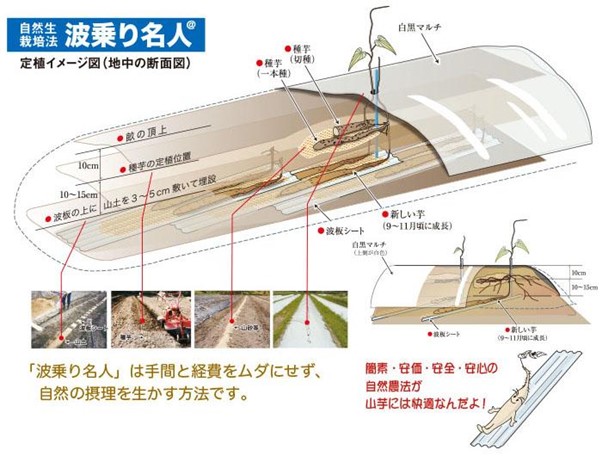
By using corrugated plates to lay them down, they were able to grow straight sideways along a narrow groove, successfully solving the problem. Since natural yam plants vary in aroma and stickiness from one individual to another, the introduction of artificial technology was an innovative step toward stable productivity and the production of high quality plants.
Incidentally, “root plants” such as yam need to be well drained at all times because they quickly become useless when exposed to water. Corrugated corrugated sheets drain well and do not require much work.
Also, when harvesting yams in the mountains, the soil must be carefully and deeply dug up or the yam may break in the process, making harvesting a difficult task.
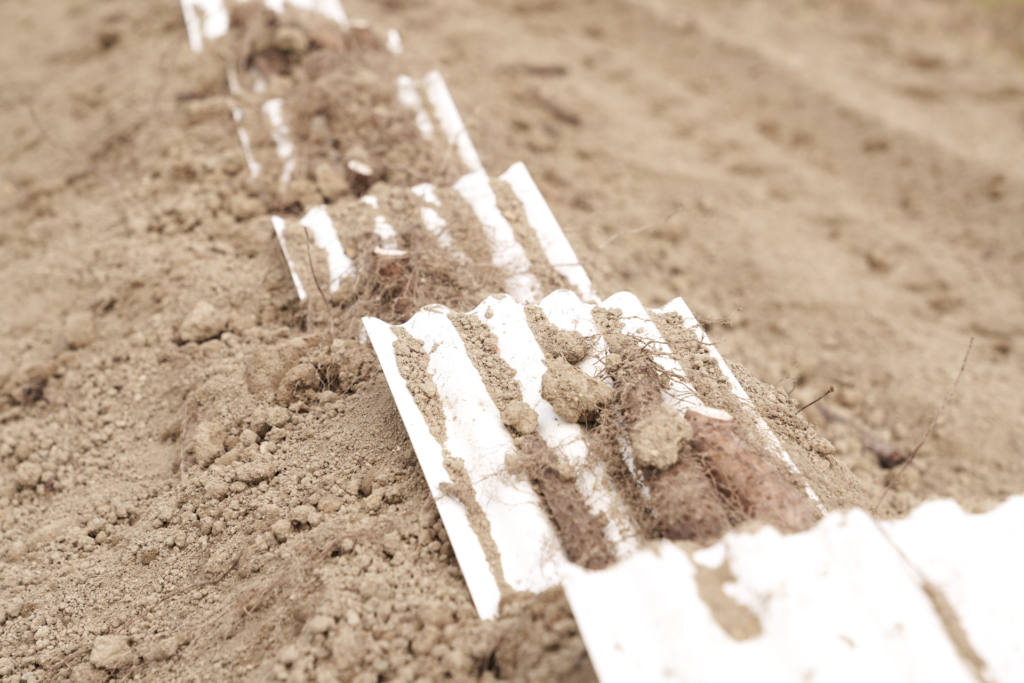
Plots with good conditions
The soil in the field where the yam is grown is large for a row of vegetables, with each row 2 m wide and about 60 cm high, and the soil is well applied so that the temperature of the soil where the yam grows does not change much with changes in outside temperature. Unlike mountains, fields grow a variety of crops, so there are various germs in the soil, and if compost is added to the soil to make it grow bigger, gases are released as the microorganisms break it down, which can cause the yam to rot.
Therefore, it is necessary to let the soil rest for about two years to create good soil, and the difficulty in cultivation is that it is not possible to grow consecutive crops. Once, when he had not yet established this know-how, he had about 5,000 rotten plants in one year, which almost broke his heart.
Even so, he still cannot say that he has found the optimal solution for the balance of fertilizers and other ingredients, so each time he tests the effects by measuring, and he is especially careful about the amount of moisture.
Because he is so particular about quality, he repeats thorough growth management and trial and error.
We want more people to taste the yam.
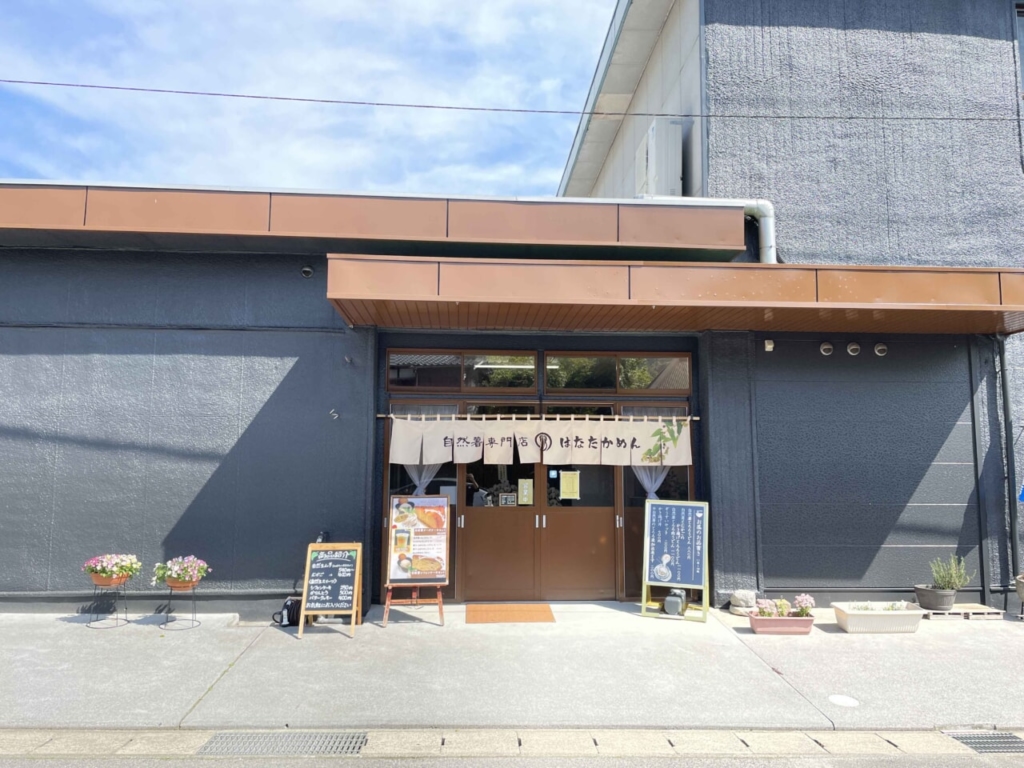
The commercial value of yam is extremely high. While a yam sells for about 1,000 yen per kilo, a yam of the same size costs about 10,000 yen. The taste, aroma, texture, and even the style of the yam are superior to those of ordinary yams, and they have been treated as a luxury item since ancient times.
As a gift, the wild and rich taste, strong stickiness, and the good-looking cane-like curvature of the yam are popular, but the straight, cultivated ones, which are easier to cook with and have less acridity, are in high demand for everyday use.
The cultivated type, which is easier to cook with and has less stain, is in high demand for everyday use. “Because it is grown by hand, it is different from natural yams and less interesting, but when you eat it, you can tell the difference from other yams at a glance. I want people to be impressed by the unique stickiness and aroma of yam, so I will continue my efforts to ensure a stable supply.
With this in mind, he has started a restaurant called “Hatakamen,” which specializes in natural yam and has a processing plant attached, so that as many people as possible can enjoy the delicious taste of yam.
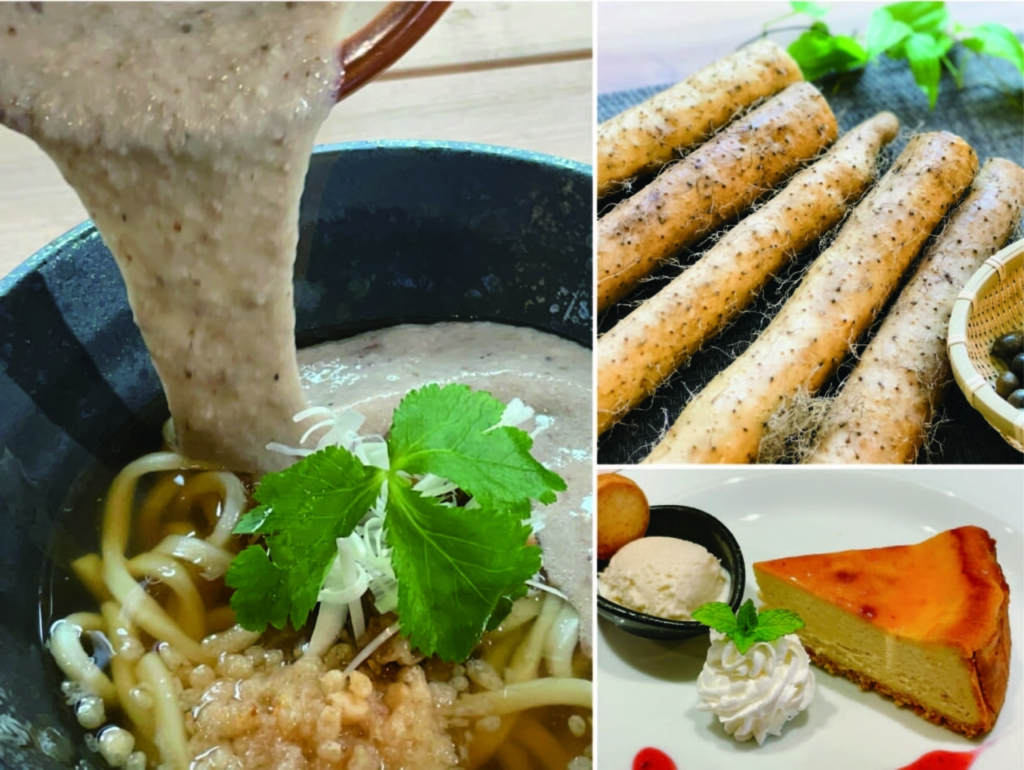
The restaurant offers a special way to enjoy yam in its meals: you can try mixing yam in a mortar and pestle. The experience of mixing yam in a mortar and pestle is very popular, as it allows visitors to experience the aroma and stickiness of the yam. The store also offers potato cheesecake and chiffon cake, which can be enjoyed as a café, creating a relaxed atmosphere where you can fully enjoy the yam.
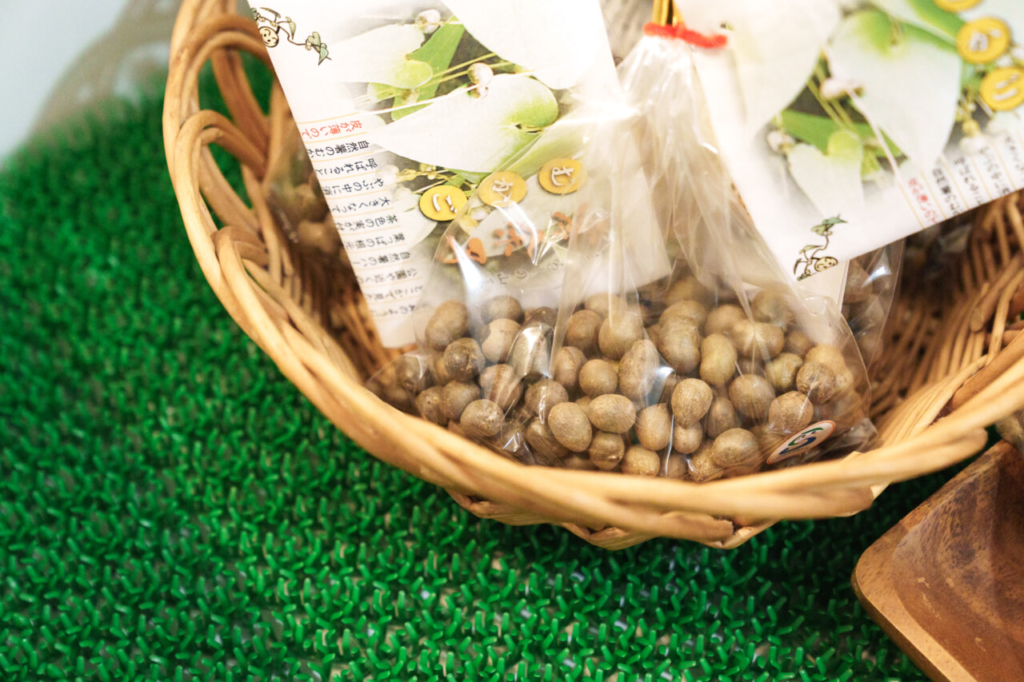
The yam products they sell are also popular. The fruit on the vine is called mukago, which has the same fiber content as yam and can be eaten with the skin on, so it is best to boil it in salted water as it tastes good when heated.
The original yam noodles in the style of fresh pasta also have a chewy texture and many repeat customers.
The most popular of all is the karinto. At first glance, it may not look like a yam, but the more you bite into it, the more the unique flavor of the yam spreads. Other products include cookies, daifuku (rice cake), and shochu (distilled spirit made from yam and rice).
Even before the term “sixth industry” became popular, we were making efforts to produce processed products. I would be happy if people who are unfamiliar with yam and find it difficult to get their hands on it could enjoy its delicious taste. says Mr. Inoue.
Currently, the supply of yam from Yamaimatsuri is not enough to meet the demand. Of course, while this is seen as a challenge, there is also the belief that there is a need that cannot be met with the current production volume. To meet this need, the company aims to further improve its technology and revitalize the local community and agriculture in order to spread the Japanese native species that has satisfied Japanese palates since ancient times to as many consumers as possible.



